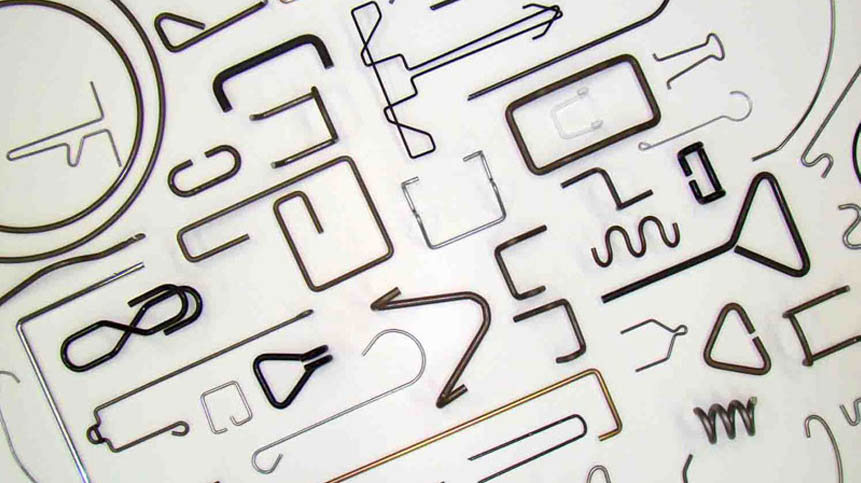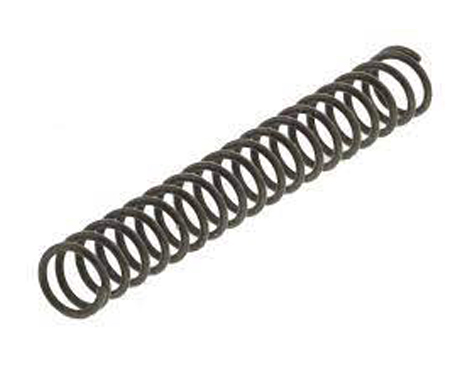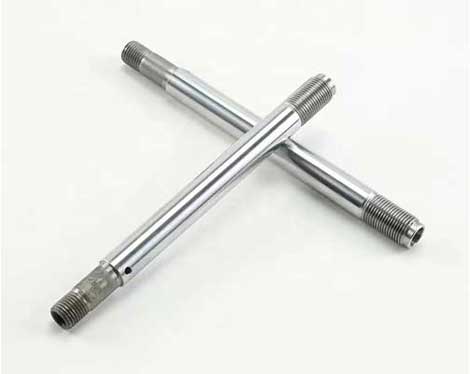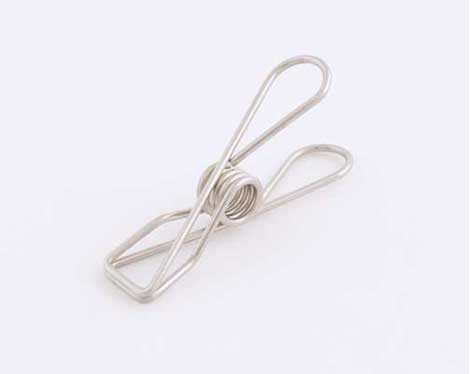Torsion springs are widely used in many different industries, from construction and railways to construction and aerospace. Their helical design allows them to apply rotational force, ideal for angular motion when it is necessary to attach spring legs to other components.
1. What is a torsion spring?
These springs can store and release angular energy, or simply hold a mechanism in place. They provide or maintain rotational pressure between two surfaces by allowing the component to rotate about the center of the spring, which attempts to push them back to their original position. In general, torsion spring should have the opposite spring direction to the coils, or they won't be able to hold heavier weights.
However, because there are so many different designs, they can meet many different requirements and are suitable for a large number of applications.
2. The material used in the torsion spring
Many materials have the ability to bend without breaking, while others do not. It is critical that the materials selected for springs, including torsion springs, be able to bend without breaking. Some of the most common spring materials include:
High carbon steel - the most common spring material. They may require additional corrosion protection such as a pre-galvanized coating.
Stainless Steel – Perhaps the most important steel alloy for torsion springs, stainless steel double torsion spring is highly resistant to corrosion and heat.
Alloy steels - Common alloy steels include chrome vanadium and chrome silicon. They are suitable for shock loads, such as engine valve springs.
Non-Ferrous Alloys - These alloys are best suited for applications requiring good electrical conductivity.
Superalloys – Metals such as cold-drawn nickel and chromium alloys are suitable for applications that require good corrosion resistance at high temperatures.
3. Advantages and applications of torsion springs
Torsion springs can be used in a variety of environments, objects and mechanisms. They are also common in everyday objects. Some of the most popular applications include clothespins, door hinges, paper cutters, vehicle suspensions, watches, clipboards, mousetraps, switches, and many more.
Torsion springs offer many benefits to the objects and mechanisms they are used in, which adds to their popularity. Key benefits of these springs include:
Durable: last a long time and are worth the money;
Easy to use: as torsion springs can be easily adjusted in the vehicle;
Small: relatively small size of torsion springs makes them suitable for many applications, even when space is limited.


 English
English 

